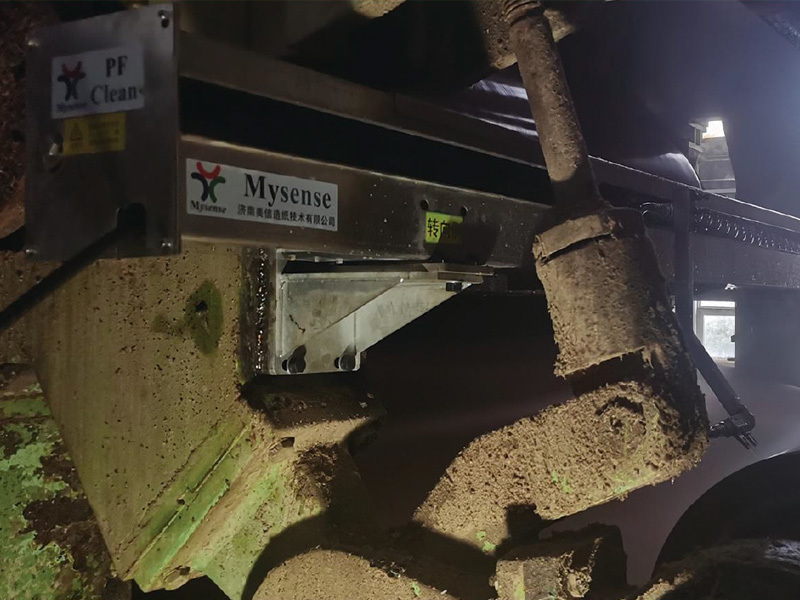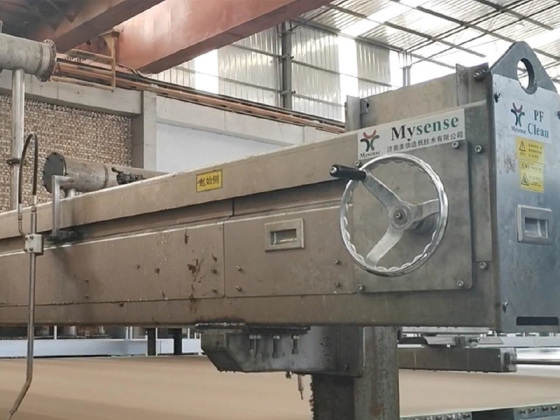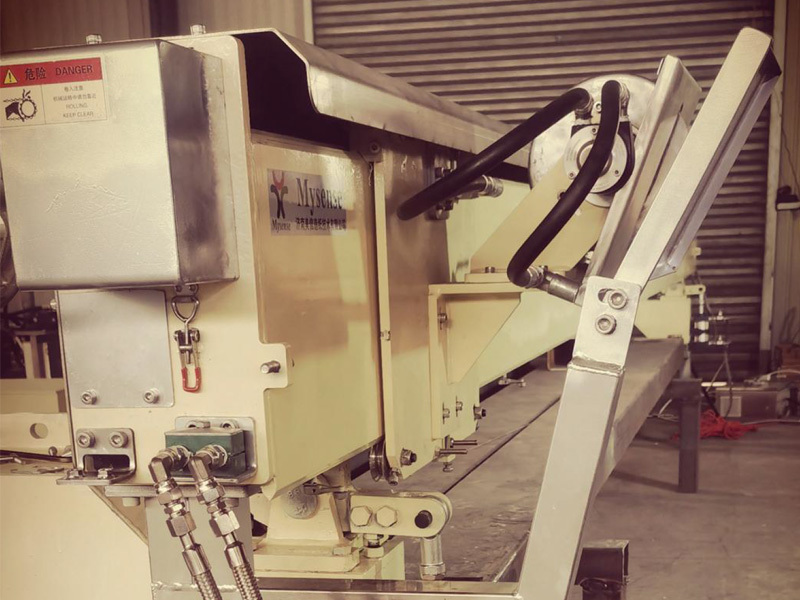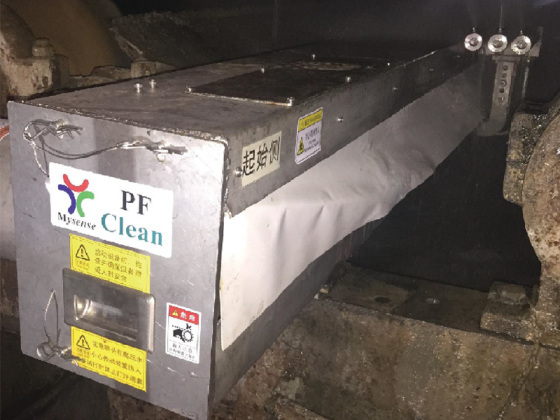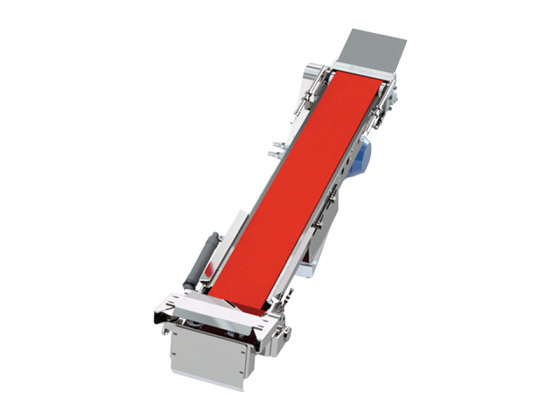Driving Efficiency: The Advantages of Automatic Tail Cutters for Manufacturers
Published on:
2025-03-11 10:40
Driving Efficiency: The Advantages of Automatic Tail Cutters for Manufacturers
Table of Contents
- 1. Introduction to Automatic Tail Cutters
- 2. What are Automatic Tail Cutters?
- 3. Benefits of Using Automatic Tail Cutters
- 4. Technical Aspects of Automatic Tail Cutters
- 5. Implementation Strategies for Manufacturers
- 6. Case Studies of Successful Implementations
- 7. The Future of Automatic Tail Cutters in Manufacturing
- 8. Frequently Asked Questions
- 9. Conclusion
1. Introduction to Automatic Tail Cutters
In the rapidly evolving manufacturing landscape, efficiency and precision are crucial for staying competitive. Automatic tail cutters are transforming traditional manufacturing processes by offering solutions that enhance productivity while minimizing human error. By automating the cutting process, manufacturers can ensure consistent quality and streamline operations. This article delves into the many advantages of automatic tail cutters, providing valuable insights for manufacturers seeking to improve their workflows.
2. What are Automatic Tail Cutters?
Automatic tail cutters are advanced machining tools designed to cut the excess material off the ends of manufactured parts. These tools are particularly useful in industries where precision and speed are critical. The automation aspect entails the integration of sensors, control systems, and software that allow the machines to operate efficiently without constant human intervention. This innovation not only accelerates the production process but also enhances the accuracy of cuts, reducing the likelihood of defects.
3. Benefits of Using Automatic Tail Cutters
Manufacturers are increasingly turning to automatic tail cutters to capitalize on a range of benefits that contribute to their bottom line.
3.1 Enhanced Efficiency in Operations
One of the most significant advantages of automatic tail cutters is the enhanced efficiency they bring to manufacturing operations. These machines operate at a faster pace than manual cutting processes, allowing for higher throughput. By reducing cycle times and minimizing the need for human oversight, manufacturers can allocate resources more effectively and increase overall production rates.
3.2 Reduced Material Waste
Automatic tail cutters also play a vital role in minimizing material waste. Traditional cutting methods often result in excess scrap material, leading to increased costs. Automatic tail cutters are designed to maximize the use of raw materials by ensuring precise cuts, thus reducing the amount of waste generated during production. This not only benefits the environment but also contributes to significant cost savings for manufacturers.
3.3 Improved Product Quality
The precision offered by automatic tail cutters results in improved product quality. With consistent cuts, manufacturers can produce parts that meet stringent specifications, reducing the risk of defects and rework. This reliability in quality is essential for maintaining customer satisfaction and building a solid reputation in the market.
4. Technical Aspects of Automatic Tail Cutters
Understanding the technical components of automatic tail cutters is crucial for manufacturers looking to implement these tools effectively.
4.1 Cutting Technology Used
Automatic tail cutters utilize various cutting technologies, including CNC (Computer Numerical Control), laser cutting, and waterjet cutting. Each technology has its own advantages and is suitable for different materials. For instance, CNC technology offers high precision for intricate designs, while laser cutting is ideal for thin materials. Manufacturers should evaluate their specific needs to choose the most appropriate cutting technology.
4.2 Integration with Existing Systems
To maximize the benefits of automatic tail cutters, seamless integration with existing manufacturing systems is essential. This integration involves linking the tail cutters with other machinery and software systems to streamline workflows. Manufacturers must invest in suitable interfaces and protocols to ensure compatibility, allowing for real-time data exchange and monitoring of production processes.
5. Implementation Strategies for Manufacturers
Implementing automatic tail cutters requires careful planning and strategy to ensure a smooth transition.
5.1 Training and Education for Staff
Training is critical for the successful implementation of automatic tail cutters. Staff should be educated on the operation, maintenance, and troubleshooting of these machines. Manufacturers should invest in comprehensive training programs to equip their workforce with the necessary skills to operate and maintain the equipment effectively, ensuring operational efficiency and safety.
5.2 Cost Analysis and ROI
Conducting a thorough cost analysis is essential before investing in automatic tail cutters. Manufacturers should evaluate the initial investment against the potential return on investment (ROI). Factors to consider include reduced labor costs, decreased material waste, and increased production capacity. A well-structured analysis will help manufacturers make informed decisions about their equipment investments.
6. Case Studies of Successful Implementations
Real-world examples highlight the effectiveness of automatic tail cutters in various manufacturing settings.
- **Case Study 1:** A metal fabrication company integrated automatic tail cutters into their production line, resulting in a 30% increase in efficiency and a 25% reduction in material waste within the first year of operation.
- **Case Study 2:** A plastics manufacturer adopted automatic tail cutters, which enabled them to maintain consistent product quality and reduce defects by 15%. The implementation also allowed for faster turnaround times, enhancing customer satisfaction.
These case studies exemplify how automatic tail cutters can drive significant improvements in manufacturing processes.
7. The Future of Automatic Tail Cutters in Manufacturing
As the manufacturing industry continues to evolve, the role of automatic tail cutters is expected to grow. Innovations in technology, such as artificial intelligence and machine learning, will further enhance the capabilities of these tools. Manufacturers that adopt these advancements will likely experience increased efficiency, reduced costs, and improved product quality, positioning themselves for success in a competitive market.
8. Frequently Asked Questions
What industries benefit most from automatic tail cutters?
Industries such as metal fabrication, plastics manufacturing, and woodworking benefit significantly from automatic tail cutters due to the precision and efficiency required in their processes.
How do automatic tail cutters reduce labor costs?
By automating the cutting process, manufacturers can minimize the need for manual labor, allowing staff to focus on more complex tasks and significantly reducing labor costs.
What are the maintenance requirements for automatic tail cutters?
Regular maintenance is essential for optimal performance. This includes routine checks, software updates, and equipment calibration to ensure accuracy and reliability.
Can automatic tail cutters be integrated with existing manufacturing systems?
Yes, automatic tail cutters can be integrated with various manufacturing systems. Manufacturers should assess compatibility and invest in suitable interfaces for seamless operation.
What is the expected ROI for investing in automatic tail cutters?
The ROI varies depending on the specifics of the manufacturing process, but many manufacturers report significant savings in labor costs, material waste, and improved efficiency, leading to a positive ROI within a few years.
9. Conclusion
Automatic tail cutters present a transformative opportunity for manufacturers looking to enhance efficiency, reduce waste, and improve product quality. By understanding the technical aspects, benefits, and implementation strategies associated with these advanced tools, manufacturers can position themselves for success in a competitive landscape. Embracing automation will not only streamline operations but also ensure that manufacturers remain agile and responsive to the evolving demands of their industries. As the future of manufacturing unfolds, automatic tail cutters will undoubtedly play a crucial role in driving innovation and productivity.
Latest News



